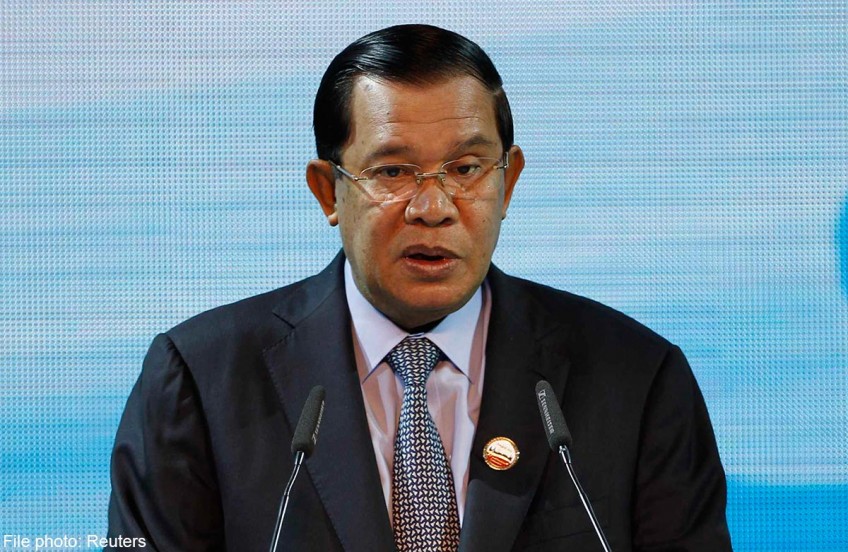Campaigners urge UN to block Cambodia dam displacement

PHNOM PENH - A rights group on Tuesday urged the United Nations to help prevent the displacement of thousands of people, mainly from ethnic minority groups, by a US$780 million (S$1.04 billion) China-backed dam.
Their plea came a day after Prime Minister Hun Sen said the economic benefits of a series of controversial dams outweigh environmental concerns in a country where a quarter of the population still lacks electricity.
Around 5,000 people - mostly from marginalised indigenous groups - could be displaced by the planned 400-megawatt Lower Sesan 2 dam on a tributary of the Mekong River in the northern province of Stung Treng, said the 3S Rivers Protection Network (3SPN).
Villagers are already "being pressured and intimidated into agreeing with the surveys and the proposed resettlement plans", the network said in a statement.
"Thousands of people's lives will be devastated and destroyed by this project," according to Meach Mean, coordinator of 3SPN which is backed by foreign and local groups.
"Despite its severe impacts, there has been no transparency in the decision-making and no real consultation with the communities in order for them to express their concerns." The group urged the UN Special Rapporteur on Human Rights to help prevent rights breaches, and said the dam would damage fish stocks and endanger fishing communities further down the Mekong.
The UN has previously raised concerns about the dam while scientists from the United States have joined calls for it to be shelved over fears for the region's biodiversity and food supply.
But Cambodia's government, led by Hun Sen who marks 30 years in power on Wednesday, is backing the Lower Sesan 2 dam which is expected to be completed in 2018.
It also supports the proposed Stung Cheay Areng Dam in Koh Kong province, which campaigners say will flood a valley home to a further 1,500 people.
High utility prices, driven by the lack of supply, are a major obstacle in Cambodia's efforts to attract foreign investment, and the government has struggled to find a way to cut the cost of power.
Nine dams, including several funded by China, are set to open by 2019. Once they are operational the government has said they will generate 2,045 megawatts of power, serving all of Cambodia's provinces.
But Cambodia has been heavily criticised in the past for allowing companies to clear hundreds of thousands of hectares of forest - including in protected zones - for everything from rubber and sugar cane plantations to hydropower dams, often for Chinese or Vietnamese companies.